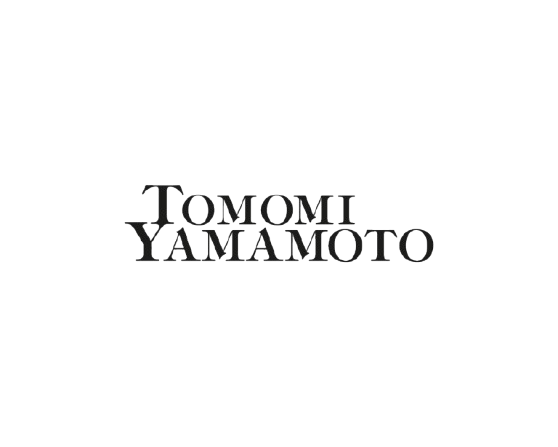“OSHIMA-TSUMUGI” the world’s top three textiles, alongside France’s Gobelin tapestry and Iran’s Persian carpets.
Known for its durability, it is said that an Oshima Tsumugi garment can last 150 to 200 years. It is also one of Japan’s three great tsumugi silk together with Yuuki Tsumugi and Ushikubi Tsumugi. Tsumugi (紬) refers to a traditional Japanese slub-woven silk fabric, known for its textured surface and soft, drapery quality, made from spun silk rather than filament yarn. The word originates from the verb tsumugu (紡ぐ), meaning “to spin” or “make yarn”.

Deep in the Amami Islands of southern Kagoshima, Japan, lies the birthplace of Oshima Tsumugi, a textile made from 100% pure silk. Renowned for its elegant sheen, buttery-smooth texture, and remarkable lightness, it feels almost weightless Japanese Kimono against the skin — yet it is incredibly strong and durable.

The Amami Islands have a subtropical oceanic climate, where temperatures stay warm throughout the year. In such an environment, a Japanese kimono must be cool, breathable, and lightweight. Oshima Tsumugi embodies all these qualities, making it the perfect fabric for comfort and elegance.

The traditional production involves hand-spun silk threads dyed using the sap of the “teechi tree” (Sharinbai), combined with iron-rich mud to achieve a rich dark brown color, followed by meticulous hand weaving. With over 30 intricate steps, creating a single piece of Oshima Tsumugi can take six months to a year. This is one of longest process to make a Japanese Kimono.

Oshima Tsumugi patterns are inspired by nature, from flowers and plants to geometric designs, with styles for both men and women. Famous patterns include:
- Tatsugo ( Tatsugo named after the village of Tatsugo where they produce Oshima Tsumugi Kimono) : women’s design featuring sago palms
- Kikko: men’s hexagon pattern symbolizing turtles

Originally, Oshima Tsumugi was woven for personal use by island residents. However, under the Edo Shogunate, its exquisite quality made it a valued tribute to the Satsuma Domain, and common people were prohibited from wearing it. Possession could result in imprisonment or even execution. Oshima Tsumugi is considered to be one of hight quality Japanese Kimono.
Despite this, islanders wanted to keep their handwoven tsumugi. According to legend, a housewife hid her garment in a mudfield during an inspection by officials. When she later retrieved and washed it, she found it had transformed into a beautiful, glossy black—one story of how mud dyeing began.

The magic of Oshima Tsumugi’s deep black color comes from a fascinating natural reaction.
First, the silk is treated with the extract of the teechi tree, which is rich in tannic acid. Then it’s immersed in the iron-rich mud of Amami Oshima. The two combine, and slowly, the fabric’s color transforms—from a warm brown into a rich, lustrous black.
What makes this possible only in Amami Oshima is the mud itself. It’s packed with iron and has ultra-fine, silky particles, giving the dye a smoothness and depth that can’t be replicated anywhere else.

For Oshima Tsumugi, only high quality fabrics that meet the strict quality standards set by each production area and pass rigorous inspections are granted an official registered trademark label.
This label is commonly referred to as a “certificate” in Japan, but its proper name is a registered trademark, which authenticates the origin of the Japanese textile.
Each registered trademark label includes the name of the weaving workshop and bears an official inspection stamp.
In addition, fabrics that meet the specific dyeing standards of each production area and pass strict inspections are also given a dye certification label.

